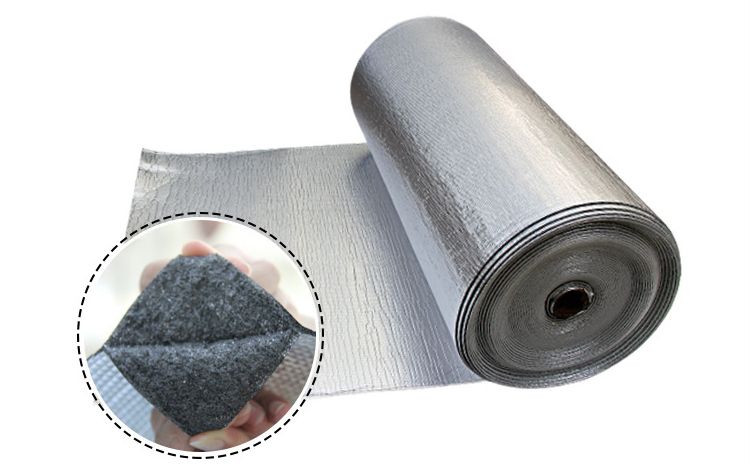What is the R-Value of Reflective Foil Insulation?
Reflective foil insulation is a popular choice for improving energy efficiency in homes and buildings, but understanding its R-value is key to determining its effectiveness. Let’s dive into what the R-value means and how it applies to reflective foil insulation.

What is R-Value?
The R-value is a measure of thermal resistance, or how well a material resists the transfer of heat. The higher the R-value, the better the material is at insulating. Traditional insulation materials, such as fiberglass or foam boards, are assigned fixed R-values based on their thickness and density.
Reflective Foil Insulation and R-Value
Reflective foil insulation works differently than traditional insulation. Instead of relying on mass to resist heat transfer, it reduces heat transfer by reflecting radiant heat away from the surface. Because of this, the R-value of reflective foil insulation can vary depending on several factors, such as:
-
Installation Method
Reflective foil insulation needs an air gap to function properly. Without this air gap, its performance is greatly reduced. -
Orientation and Environment
The effectiveness of reflective foil insulation depends on the direction of heat flow. It performs best in applications where radiant heat, such as sunlight, is a significant factor. -
Layering
Adding multiple layers of reflective foil can enhance its insulation value, although it still won’t perform exactly like traditional insulation.
R-Value Range for Reflective Foil Insulation
Reflective foil insulation on its own typically has a low intrinsic R-value, often less than 1. However, when installed with an appropriate air gap, it can achieve an effective R-value of up to R-10 or more, depending on the application and environmental conditions. For example:
- In warm climates, reflective insulation is highly effective at blocking radiant heat, making it a great choice for attics, walls, or roofs.
- In cooler climates, it’s often used alongside other types of insulation to enhance overall energy efficiency.
Is Reflective Foil Insulation Right for You?
Choosing reflective foil insulation depends on your specific needs. If you’re looking to block radiant heat or improve your home's energy efficiency in areas exposed to sunlight, reflective foil insulation can be a cost-effective solution. However, if you need to combat conductive heat loss (common in cold climates), you might need to pair it with traditional insulation for the best results.
Final Thoughts
While the R-value of reflective foil insulation may seem lower compared to traditional materials, its ability to reflect radiant heat makes it a unique and powerful tool for energy savings. To get the best results, ensure proper installation with an air gap and consider combining it with other insulation types for comprehensive protection against heat loss or gain.
Reflective foil insulation isn’t just about the numbers—it’s about using the right tool for the job. If radiant heat is your main concern, reflective foil might be exactly what you need.

